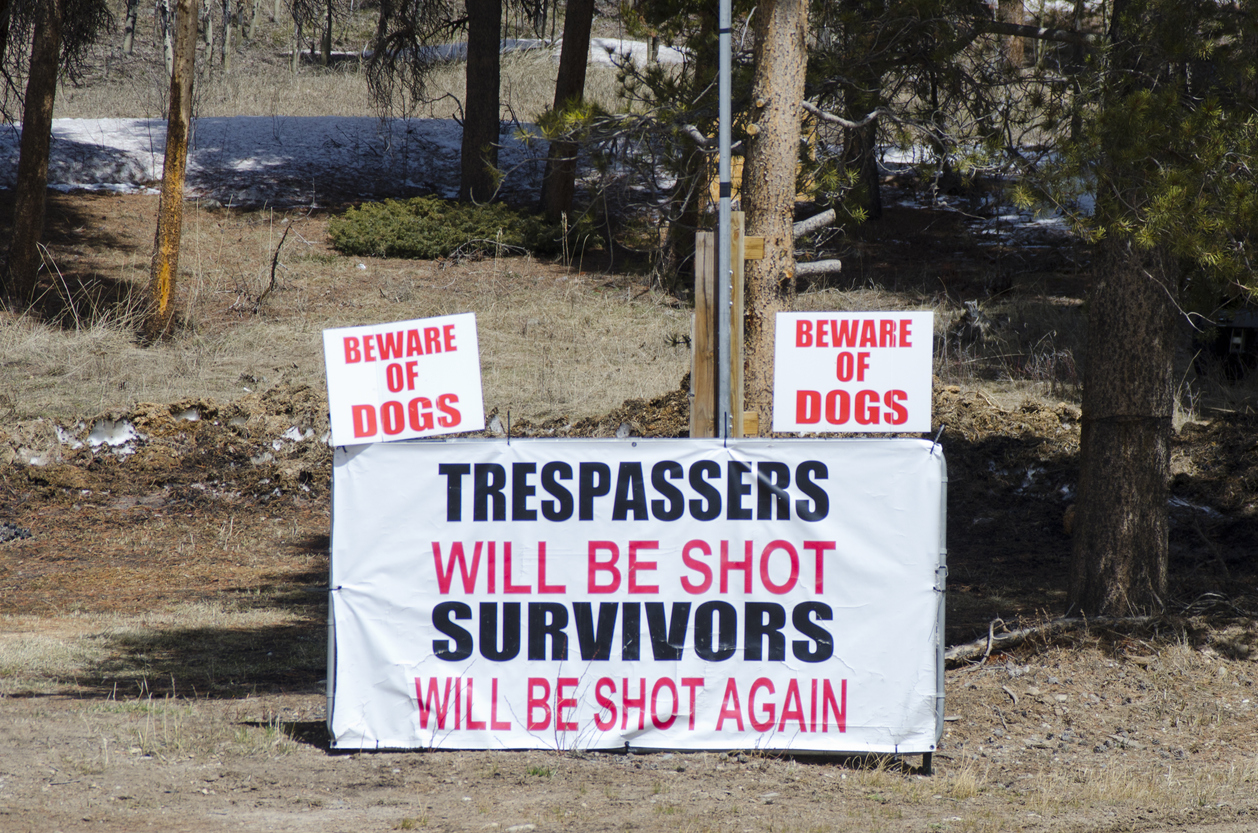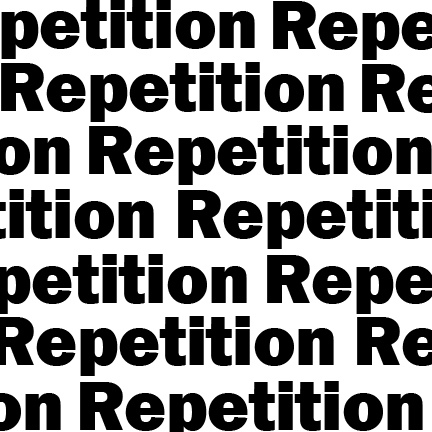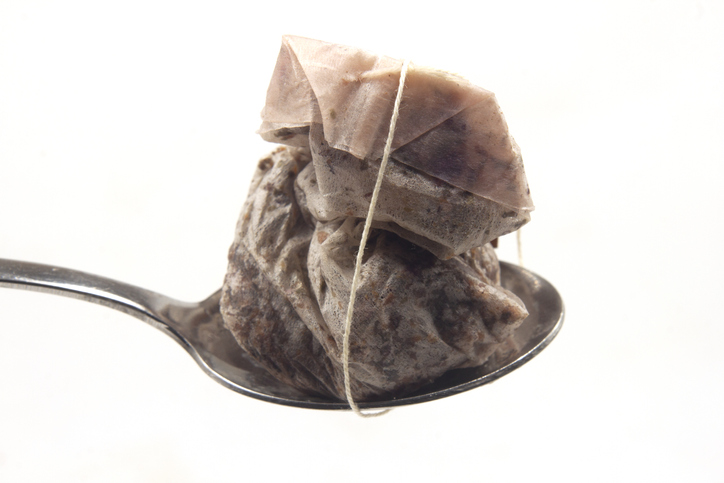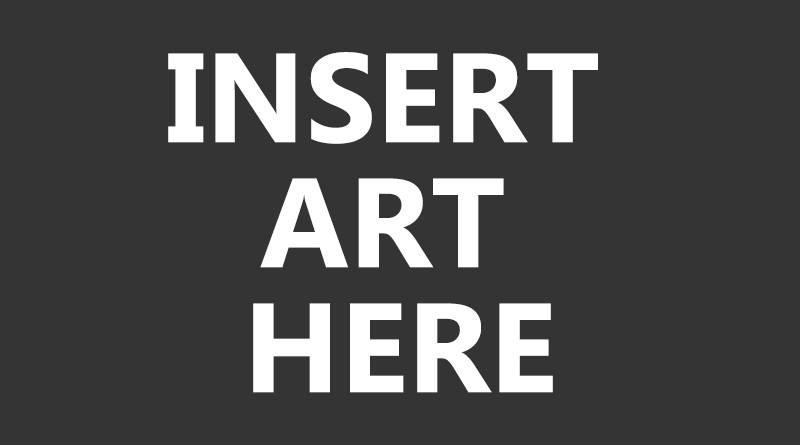
The toil for loyal
Can we admit to Brand Loyalty?
A whopping 95% of our decision making is pre-conscious or intuitive. Just like us, out on our one exercise excursion of the day in the wintery rain, it’s always looking for shortcuts. And it’s no different when it comes to making decisions on the brands we buy.
Brand recall
We already know that most advertising receives no active attention whatsoever. Or not enough for our slothful brains to take in what is being advertised. And even if they do remember the ad, they might not recall the brand. Brands are a very small part of a consumer’s life – they don’t think much even about the ones they buy. Tech advances and busy lives have made getting attention increasingly difficult. Couple this with the levels of choice sky-rocketting and humans will look to habit and convenience to guide them, restricting consideration down to a few favoured brands.
A quick route to decision along with physical availability are key factors underpinning brand loyalty. A sensible buying strategy used to balance risk and avoid wasting time. You’ll use this in all walks of life – from choosing which hand sanitiser to buy, to what YouTube Yoga session to try. You’ll narrow your options down to your personal repertoire, and stick with them.
We ‘Satisfice’ (God, I love that word). Rather than fatigue our frontal lobe, we settle for satisfactory. Understand that brand loyalty is unimaginative, not passionate.

This all made perfect sense to me, until things started to change in March 2020. Brand loyalty is defined as:
“positive feelings towards a brand and dedication to purchase the same product or service repeatedly from the same brand, regardless of a competitor’s actions or changes in the environment”.
Regardless of changes in the environment… Hmmm…
How we recall a belief about a brand or anything else is highly dependent on situation, cues, and other things going on in our minds. We already know that what we think about brands is so trivial that our attitudes towards them aren’t always absolute.
Loyalty
I’ve tried to apply this to myself – both a consumer and human with a lazy brain – a creature of habit, ‘loyal’ to brands I know. Since the ‘rona took over, I reckon there’s been a shift in my brand loyalty, thanks to things out of my control. Some brands I would buy haven’t been available on the shelf. Some weeks I have been worried about unnecessary expenditure on a product I usually wouldn’t think twice about. Whatever it’s based on, I reckon my ‘brand loyalty’ is reducing – and I am not alone.
A recent study among US consumers found brand loyalty dropped by 16% between March and November 2020. Mostly attributed to job (and subsequent income) losses. Some also claimed to have switched brands simply because their ‘go-to’ wasn’t available on the shelf thanks to supply chain issues. As our sky-high choice levels fell, perhaps so did our subconscious loyalty.
Brand behaviour
But aside from the devastating economic context, there appears to be some potential positive outcomes too. With the last few months seeing some consumers shift towards brands that align with their values. Some that took part in the aforementioned study said they’d switched brands to ‘take a stand’ in response to a brand’s behaviour and position when it came to important issues. I get these may not be the same participants as those switching brands as a direct cause of income loss or product availability, but the shift is still worth noting. Brand selection could be becoming a little more about purpose than product.
And that’s probably where I have found myself too. I’ve switched energy providers to one with 100% green electricity, and am ordering more beer from BrewDog now they’re Carbon negative. I’m a walking bloody cliché.

Back in the olden days of hugging, pub visits, commutes and rushing about, our choices needed to be quick. There was a brand purpose ripple already in motion. I do wonder if the pandemic has given it a bit more force for some people. Perhaps when so many things have been taken away from us, we’re learning to take a more conscious control of the choices we have left. And perhaps the brands that stood for something will be the ones that thrive when we can all start standing near each other again.
If you’d like to maximise your inner satisficer, drop us a note saying:. ‘Just like Mick, I can’t get no satisfaction’ here.
Can we admit to Brand Loyalty?














